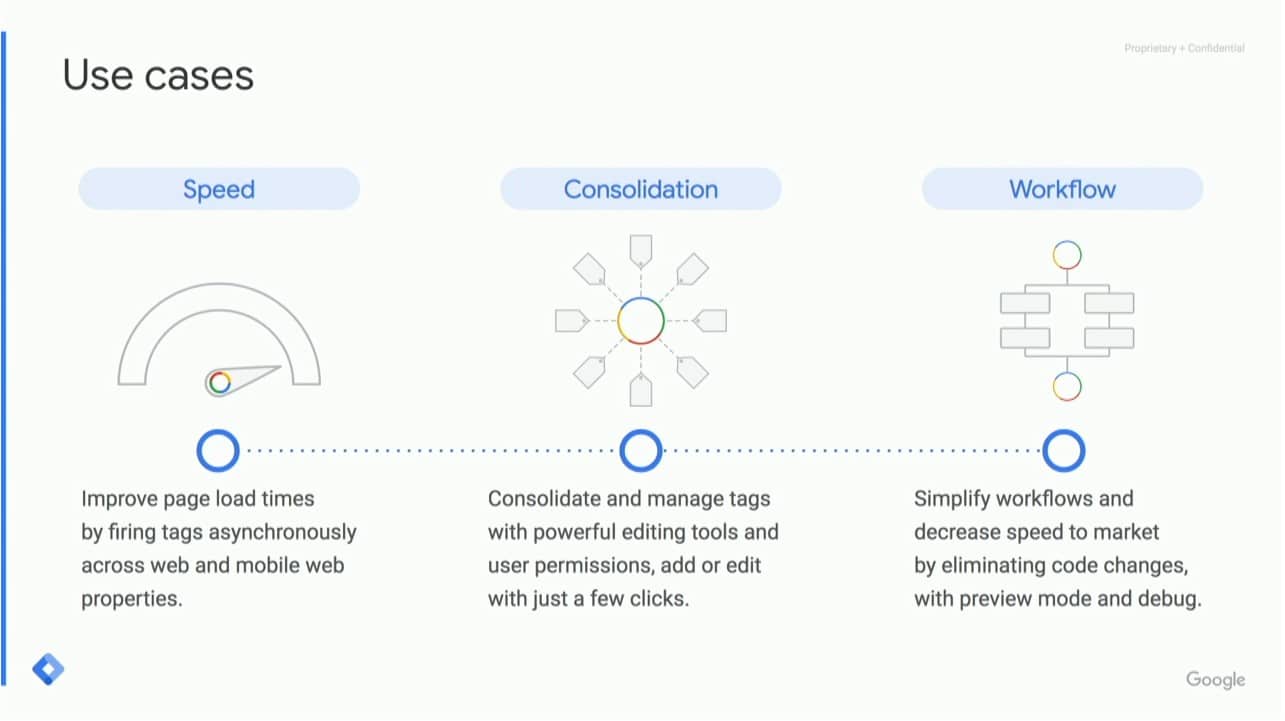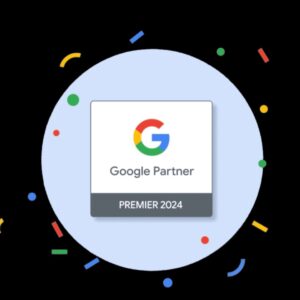Written by Bambi Frazier
For franchise marketers, a cohesive campaign strategy can be the difference between massive business success or sweeping subpar results.
From search to social and direct mail and digital ads, developing an audience-first strategy that connects to the unique community of each business location ensures better performance across your marketing efforts.
Finding the right balance is important, and we’ve identified five key areas that need your full focus to support holistic, strategic marketing efforts that can sustainably increase revenue.
Mistake #1: Your website isn’t optimized for the right search results
Google uses the content and structure of your website to understand what services each franchise location provides. SEO is a must for your website to provide this clarity across your franchise locations to Google.
Properly optimizing your website begins with these three key areas:
Technical SEO
You might think your website is up to par. Still, a technical SEO audit can reveal many problems that could prohibit Google from understanding what your website is all about, which ultimately impacts rankings and visibility.
Organic SEO
Many strategies can help a website rank organically. For organic search, an overall SEO strategy will include keyword research and targeting, a robust content plan heavily rooted in E-E-A-T, improving page titles, header tags, meta descriptions, internal and external linking, fixing broken backlinks, and so much more.
Location Pages
Prioritizing technical and organic optimizations to location pages is one of the most overlooked aspects of marketing for multi-location and franchise businesses. In many cases, every location should have a dedicated page on your website with descriptive content about the location. Too often, businesses have no location pages; if they do, the content on those pages is thin or cut and pasted from one page to the next with no SEO enhancements. This “duplicate content” is a problem that confuses the bot crawling the pages of your site, making it challenging for it to choose which page should be ranked in the search results and penalizes them all.
Mistake #2: Your Google Business Profile + Apple Business Connect Card aren’t optimized—or even verified
While franchises have many tools to effectively manage and improve local online visibility, your Google Business Profile and Apple Business Connect need to be a top priority. Why? How your locations are shown in Google’s search results and on Apple Maps quite literally leads customers to your front door.
- Google Business Profile (GBP) is a free tool that allows a business to control how a single location or multiple locations appear on Google and Google Maps.
- Apple Business Connect (ABC), released early this year, similarly helps Apple product users find local businesses nearby.
A business can use dozens of “nooks and crannies” inside the GBP and ABC dashboards to maximize online visibility, impact rankings, and connect with customers.
Take the Photos section in GBP and ABC as an example. It’s often littered with irrelevant images and videos, creating clutter that prospective customers have to sift through on their own, creating unnecessary friction. Another is the Questions and Answers section in GBP. Far too often, the team tasked with managing these listings doesn’t know to check it or doesn’t know it exists in the first place, leading to unanswered questions and frustrated customers.
Using these features and the many more available through these services is critical to maximizing their impact on your business. Dig deeper into understanding how Google Business Profile and Apple Business Connect can work for you as part of your local search and larger SEO strategy. Ensure each location is verified, engage with potential and current customers, and complete every field that applies to your business.

Mistake #3: Your media mix is underperforming—and wasting your ad spend
Each location of your multi-location franchise needs individual attention to its advertising. All ads aren’t created equal, and what works for one location might not work for another. Review the following types of advertising within your strategy to ensure each is performing as well as it should be.
Paid Search Ads
A successful paid search strategy requires a deep understanding of your audience, including how to get your search ads in front of your customers when they are actively searching for a specific product or service nearby.
As an exercise, try putting yourself in the shoes of your target consumers. How do they talk? How would they look for a business like yours? What resonates with them?
Establish a strong strategy through the following methods:
- Utilize keyword research tools to find new keywords in your space to draw in new customers and stay top of mind for previous customers based on how they want to communicate with your brand.
- Test different combinations of messaging themes throughout your ad copy to learn what effectively speaks to your audience.
- Drive to specific landing pages based on their search intent and the themes of the ad copy they clicked on to get there.
- Leverage bid strategies that align with the true goal of a campaign, which should also be reflected in the call to action of the ad copy and found easily on the landing page.
- Amplify your paid search investment by evaluating every element with reporting tailored to your unique brand needs, based on results from scalable testing and granular campaign data, with daily account optimization.
Don’t get too caught up in old-school conversations about breaking up ad accounts into endless breakouts of campaigns—while the structure of an account has an impact, breaking out keywords is no longer what it used to be. The top priority here should be to understand your audience and their intent to target keywords based on their language and the phrasing of searches. You can then use this information to create and serve ad copy that resonates with them and inspires them to take further action.
Social Media Ads
Social ads are the perfect place to build and nurture relationships between your customers and your brand. It’s also a growing avenue for nearby searches. Building an inclusive social framework that taps into a range of platforms can allow your brand to target your audience precisely. It can also help you deliver personalized ads based on user behavior, demographics, and data-driven insights. Social ads can diversify your marketing campaigns and connect with a new and existing customer base where they spend their time online.
Television, Print, and Radio Ads
The evolution of video ads over the past few years has completely upended traditional strategies that exclusively played on mainstream media platforms. With the introduction of connected TV (CTV) and over-the-top (OTT) services—Netflix, Hulu, Apple TV+, etc.—and platforms—Chromecast, Fire Stick, Roku, etc.—strategies have needed to evolve and adapt to get in front of audiences. These new avenues offer staggering amounts of data and insights you can use to refine and adapt to target your most valuable audiences. This data can allow increased precision and expanded reach to draw in new prospects.
Direct Mail
Direct mail continues to be one of the most effective ways to reach the people you want to speak to. A tangible, personalized mail yields an impressive response rate and excellent ROI with decades of proven success—and data—across many franchise operations. You can activate custom local audiences by testing and optimizing your direct mail creative, from headline to imagery to envelope window and beyond. Knowing the options available to you and choosing the right blend can dramatically impact the success of your direct mail campaigns.
Reaching your target audience goes beyond just direct mail. Understanding which media mix is the best recipe for your franchise business and your budgets is important, and effective leveraging data puts these answers at your fingertips.
Mistake #4: Your data and measurement frameworks are missing key information
The saying “numbers don’t lie” rings true. Applying audience science to understand the how and why behind your customer’s decisions helps you make better-informed decisions.
This data goes beyond revenue and your bottom line—there’s so much more information that you may be overlooking or de-prioritizing that needs to be factored in and considered to have the maximum impact it can have on the growth of your business. Here are some ways you can better leverage your data:
Customer Modeling and Audience Development
Customer modeling and audience development are going through a considerable shift with Google’s phasing out third-party cookies. Gaining these key insights into your audience requires more creative and effective planning, including identity resolution partnerships, walled gardens, predictive modeling platforms, and more. Using this data, you can identify your campaign targets to single households using first-party data. Once identified, reach them effectively, build your customer base, and attract new business at scale using actionable data-driven insights.
Conversation Rate Optimization
Increasing the cost-effectiveness of your ads and boosting the percentage of visitors who convert is a crucial decision point in your marketing. Improving your conversion rate optimization (CRO) requires a deeper understanding and correct application of analysis and testing, such as A/B testing, the Redirect Test, and the Multivariate Test (MVT).
Tagging and Tracking
You can accurately track conversions on your website by adding specific types of tags. These tags help measure traffic, and they’ll help you gain a deeper understanding of traffic, online campaigns, and user behavior.
Google Tag Manager is a system that, as its name may suggest, helps manage the tags added to a website. Per Google Support, “Once the small segment of Tag Manager code has been added to your project, you can safely and easily deploy analytics and measurement tag configurations from a web-based user interface.”

Understanding how people interact with your website can help you refine your strategies by seeing what gets people to convert and what strategies need to be revised. As mentioned above, third-party cookies will disappear,m and you need to replace those insights with other data sources. Tags are just one way to gather this vital data—utilizing all the information available to you and leveraging those insights is the key to future-proofing your franchise business.
Mistake #5: Not realizing your in-house marketing team needs highly specialized support.
Simply building an in-house marketing team isn’t enough to cover your advertising-related bases. As marketing and markets evolve, your team likely requires support to deliver results that move the needle.
Do they have access to the data required to deliver regular insights like year-over-year and month-over-month insights? Are they set up to track vital keywords you want your business to show up for? Do they have the tools to understand if the ads effectively reach your target audiences? You need to constantly communicate with your marketing team to ensure they have the resources to create, implement, and grow an effective marketing strategy.
In some cases, a solitary in-house marketing team can deliver effective results. However, you can exponentially improve those results with effective support from a data-led partner to help you unlock your business goals’ potential.
Creating an Amplified Franchise Marketing Strategy
Establishing your brand across your franchise locations requires a combination of proven go-to-market strategies that focus on business outcomes and refining your internal practices. Even if you’re confident that you’ve laid the groundwork for long-term success, digging into potential break points in your overarching structure and planning can help ensure that you reap the benefits of everything you’ve worked so hard to sow.
Leverage the power of effective marketing with data as the foundation; sure enough, those missed opportunities will transform into marketing success.
Identifying potential mistakes and pitfalls to avoid is only one part of a data-centric, performance-driven strategy, giving you the power to know more and do more. Dig deeper into the shifting 2023 digital media marketplace, or let’s talk about how to achieve more for your marketing—and your business.






